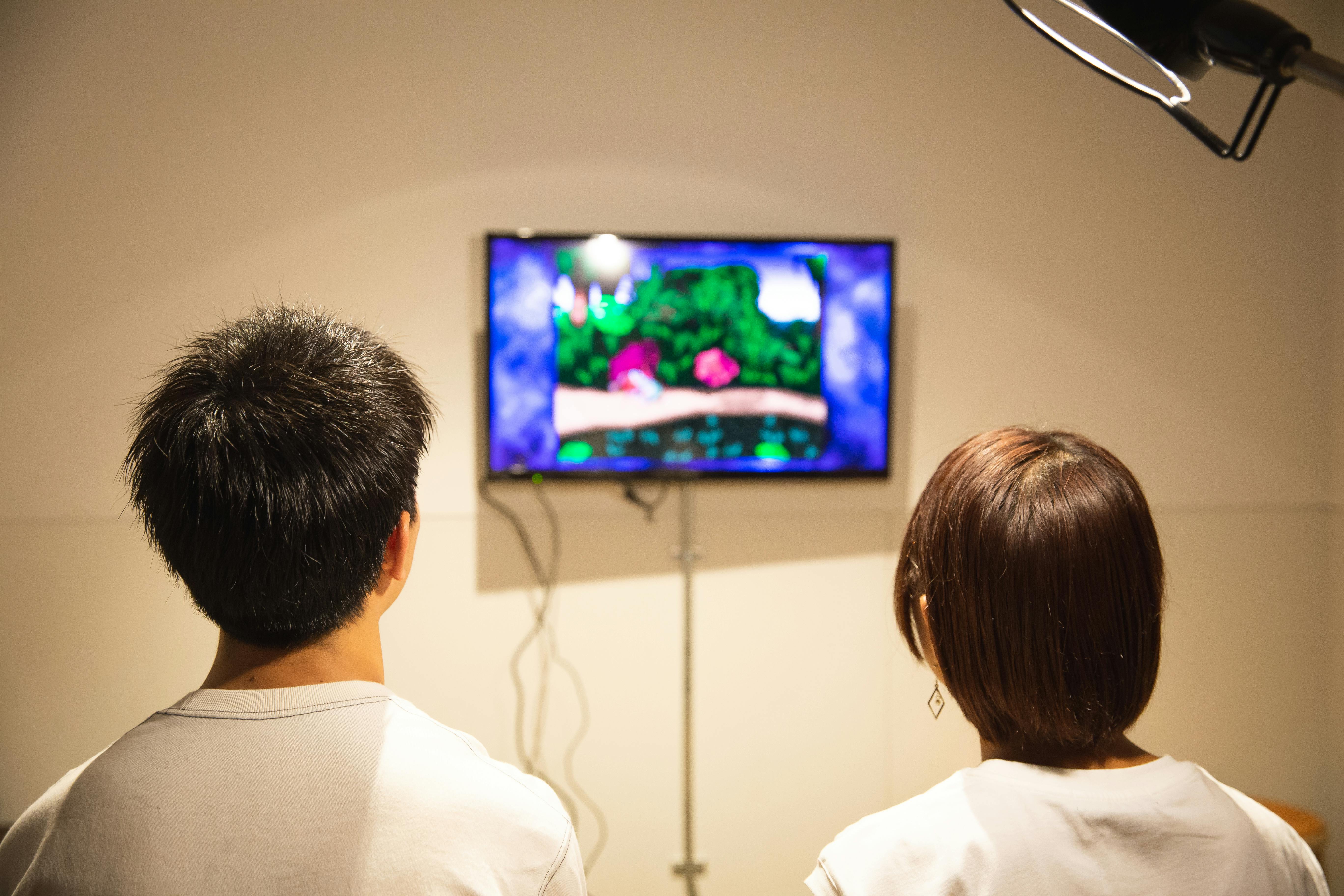3D Animation Degree: Launching Your Career in Digital Artistry
The world of 3D animation has exploded in recent years, captivating audiences across film, television, video games, and beyond. As technology advances and demand grows, pursuing a 3D animation degree has become an increasingly attractive option for creative individuals looking to turn their passion into a rewarding career. This comprehensive guide will explore the ins and outs of 3D animation education, helping you understand what to expect from a degree program and how it can propel your career in digital artistry.

Why Choose a 3D Animation Education?
Opting for a formal education in 3D animation offers numerous benefits. First and foremost, it provides a structured learning environment where you can develop your skills under the guidance of experienced professionals. Many programs also offer access to state-of-the-art equipment and software that might be prohibitively expensive for individual purchase.
Moreover, a degree program allows you to build a robust portfolio of work, which is crucial when seeking employment in the competitive animation industry. The networking opportunities provided through classmates, instructors, and industry connections can also prove invaluable as you launch your career.
What Career Opportunities Exist in 3D Animation?
Graduates with a 3D animation degree can pursue a variety of exciting career paths in the digital art world. Some common roles include:
-
3D Animator: Creating lifelike movements for characters and objects in films, TV shows, and video games.
-
Character Modeler: Designing and sculpting detailed 3D characters for various media.
-
Environmental Artist: Crafting immersive digital landscapes and settings.
-
Visual Effects (VFX) Artist: Integrating computer-generated imagery with live-action footage.
-
Game Designer: Developing the visual elements and gameplay mechanics for video games.
-
Architectural Visualizer: Creating realistic 3D renderings of buildings and interiors.
The versatility of 3D animation skills allows graduates to work across multiple industries, from entertainment and advertising to architecture and product design.
What Does a 3D Animation Curriculum Typically Include?
A comprehensive 3D animation degree program usually covers the following core areas:
-
3D Modeling: Learning to create three-dimensional objects and characters using specialized software.
-
Animation Principles: Understanding the fundamental concepts of movement and timing in animation.
-
Texturing and Lighting: Developing skills to add realistic surface details and lighting to 3D models.
-
Rigging: Creating the underlying skeletal structure that allows 3D models to be animated.
-
Rendering: Mastering the process of generating the final image or animation from 3D scenes.
-
Storyboarding and Concept Art: Developing visual storytelling skills and creating preliminary designs.
-
Project Management: Learning to work effectively in team environments and manage complex animation projects.
Many programs also include courses in art history, color theory, and traditional drawing to provide a well-rounded artistic foundation.
How to Choose the Right 3D Animation Program?
When selecting a 3D animation degree program, consider the following factors:
-
Curriculum: Ensure the program covers all essential aspects of 3D animation and stays current with industry trends.
-
Faculty: Look for instructors with real-world experience in the animation industry.
-
Facilities: Check if the school provides access to up-to-date software and hardware.
-
Industry Connections: Programs with strong industry ties can offer valuable internship and job placement opportunities.
-
Portfolio Development: Prioritize programs that emphasize building a strong, diverse portfolio.
-
Alumni Success: Research the career outcomes of recent graduates to gauge the program’s effectiveness.
What are the Costs Associated with a 3D Animation Degree?
The cost of pursuing a 3D animation degree can vary significantly depending on factors such as the institution, program length, and location. Here’s a general overview of potential expenses:
| Expense Type | Estimated Cost Range |
|---|---|
| Tuition (per year) | $10,000 - $50,000+ |
| Software and Equipment | $2,000 - $5,000 |
| Art Supplies | $500 - $1,000 |
| Living Expenses (per year) | $10,000 - $20,000 |
Prices, rates, or cost estimates mentioned in this article are based on the latest available information but may change over time. Independent research is advised before making financial decisions.
It’s important to note that many schools offer financial aid, scholarships, and work-study programs to help offset these costs. Additionally, some programs may include the cost of software licenses in their tuition fees.
Conclusion
A 3D animation degree can be an excellent launchpad for a career in the dynamic and ever-evolving field of digital artistry. By providing a solid foundation in both technical skills and artistic principles, these programs prepare graduates to tackle the challenges of the modern animation industry. Whether your passion lies in creating fantastical creatures for blockbuster films or designing immersive virtual worlds for the next hit video game, a 3D animation education can help turn your creative vision into reality.






